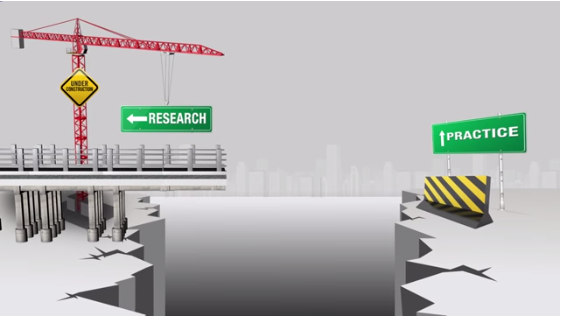A Toolkit for Child Welfare Agencies to Help Young People Heal and Thrive During and After Natural Disasters
By Jessica Dym Bartlett, Rebecca L. Vivrette, Akiva Liberman, Allison Hebert, & Margaret Haas, Child Trends
 The United States is among the top five countries in the world that are most affected by natural disasters, with an average of over 20 natural disasters per year from 2010-2020. Approximately 14 percent of children and youth have experienced at least one natural disaster prior to age 18 and the majority of children and youth have been affected by the COVID-19 pandemic. Although the circumstances surrounding natural disasters and COVID-19 are different, the physical and emotional impacts on children, youth, and families can be similar.
The United States is among the top five countries in the world that are most affected by natural disasters, with an average of over 20 natural disasters per year from 2010-2020. Approximately 14 percent of children and youth have experienced at least one natural disaster prior to age 18 and the majority of children and youth have been affected by the COVID-19 pandemic. Although the circumstances surrounding natural disasters and COVID-19 are different, the physical and emotional impacts on children, youth, and families can be similar.
Young people are especially vulnerable to the negative effects of natural disasters, and those who are involved in the child welfare system are at particularly high risk for experiencing disaster-related traumatic stress and other mental health and behavioral challenges. However, all children and youth have the capacity for resilience and healing when they receive the right types of supports.
This Toolkit is for child welfare staff, supervisors, and administrators who work with and on behalf of children, youth, and families who experience a natural disaster. The information and resources included in the Toolkit provide evidence- and trauma-informed guidance for promoting positive outcomes for children and youth who experience natural disasters.
The complete version of this toolkit, including full references, is available in English or Spanish.
Purpose and Audience of the Toolkit
This evidence-informed Toolkit was developed by Child Trends with support from The Annie E. Casey Foundation and in partnership with the National Child Traumatic Stress Network. The information and resources contained in the Toolkit aim to support child welfare staff and administrators in their efforts to enhance state, tribal, territory, and county-led efforts to promote healing and resilience among system-involved children and youth who are exposed to a natural disaster. The materials in the Toolkit have not been tested with children and youth during pandemics, which occur only rarely (e.g., every 25-30 years for influenza pandemics), but they may nonetheless be useful during and after pandemics given that natural disasters and pandemics have a number of similar challenges.
Staff and administrators can use the information and resources in the Toolkit to promote healing and resilience among children and youth in the child welfare system during and after a natural disaster. The Toolkit can also be integrated into state, tribal, territory, county, and agency disaster plans.
Intended Audience
A Toolkit for Child Welfare Agencies to Help Young People Heal and Thrive During and After Natural Disasters is a collection of tools and resources for child welfare frontline staff and administrators and their community partners. Many children and youth are involved in the child welfare system, but this Toolkit presents separate information and recommendations for the child welfare system to ensure that the resources are as relevant as possible to each service setting.
The aims of this Toolkit are to:
- Support child welfare agencies in their efforts to promote healing and resilience among children and youth, from birth to age 21, during and after a natural disaster.
- Provide resources for incorporating youth, program, and community voices into plans to support positive development among system-involved children and youth who experience natural disasters.
- Summarize evidence to date on trauma, healing, and resilience during and after natural disasters to increase knowledge among agency administrators, staff, and supervisors, and to provide the foundation for pursuing Toolkit recommendations.
- Offer tools for infusing agencies and systems with trauma-informed care (TIC) to mitigate disaster-related trauma and other adversities that are common among children and youth involved in the child welfare system.
- Describe strategies to promote culturally and linguistically responsive care during and after a natural disaster.
- Provide actionable guidance for partnering with community service providers to support healing and resilience among children and youth during and after natural disasters (e.g., guidance for schools, early childhood education, community mental health and substance abuse programs, home visiting, legal system, and primary care facilities, along with services to meet families’ basic needs).
To access the resource, please click here.
To access the full tool kit, please click here.










